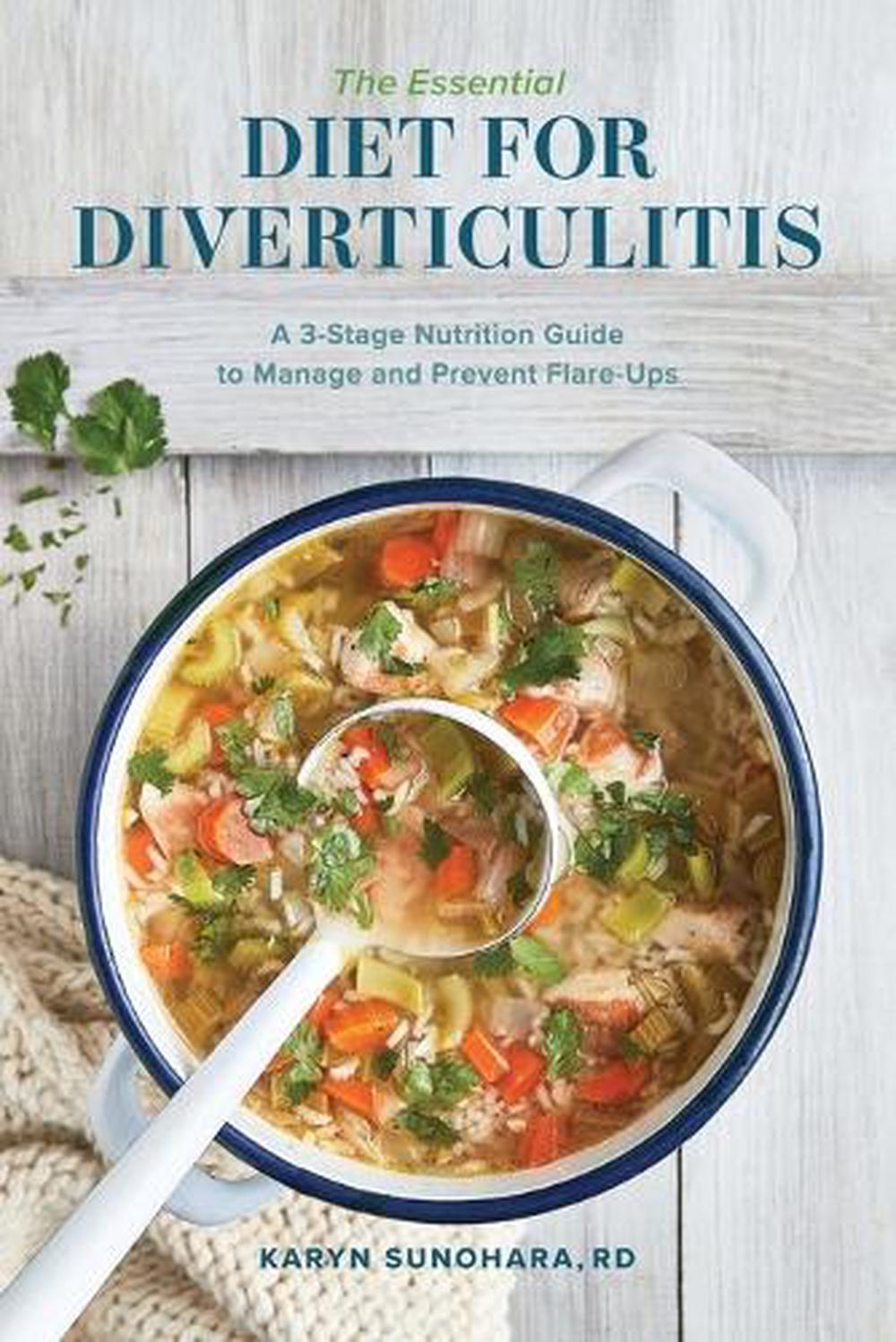

However, recent research suggests that aggressive antibiotic treatment is overused, particularly in less severe cases ( 5, 6).

In severe cases of diverticulitis, surgery and regular antibiotic use are required to overcome the infection. This includes a clear fluids diet for several days followed by a short-term “low-residue” or low-fiber diet and eventually progressing to normal foods. It’s not uncommon for treatment to require a hospital admission, where the diet is heavily modified to allow the digestive tract some time to heal and inflammation to subside. SEND ME THE LIST Treating Diverticulitis Flare-Ups and Using Antibioticsĭiverticulitis typically occurs as a painful “flare-up” with sharp pain and digestive symptoms.
#DIVERTICULITIS FULL LIQUID DIET FOODS DOWNLOAD#
Tap the blue button below to download our “Eat This, Not That” list as well as additional resources for diverticular disease (it’s free!)
#DIVERTICULITIS FULL LIQUID DIET FOODS HOW TO#
Would you like more information on how to eat for diverticulitis? Summary: Diverticulosis is usually symptom-free, however diverticulitis symptoms are typically severe and painful. This can include blood tests, a colonoscopy or radiology as determined by your doctor. Symptoms can vary between individuals, but the most common are:ĭiagnosis is based on a history of symptoms in addition to some medical tests. Most are unaware they have diverticulosis until it becomes infected and painful (diverticul itis). Diverticular disease refers to either condition. Diverticulosis is simply the presence of these small pockets. Summary: Diverticulitis occurs when small pockets in the lining of the colon become irritated and inflamed. Researchers suspect it to be a combination of numerous dietary habits, aging and genetic predisposition ( 4). The cause of this disease is complex and still poorly understood. Together, diverticulitis and diverticulosis are often referred to as diverticular disease. Fortunately, it only progresses to diverticulitis about 4% of the time ( 2, 3). The risk of diverticulosis increases as we grow older, to about 70% of people aged 80 and above. ‘Osis’ refers to a medical condition, while ‘itis’ typically refers to inflammation or infection. This means diverticulosis always occurs before diverticulitis. Diverticulitis vs Diverticulosisĭiverticul osis refers to having diverticula that have not yet become infected and painful. Even immediate surgery can be required to treat a severe case. This causes them to push outward and form a “pocket,” which is common in the lower part of the colon.ĭiverticulitis becomes extremely painful during a flare-up. These small pockets or sacs – called diverticula – are formed when the muscles of the colon become too weak in certain areas.

Summary: Treating Diverticulitis with a Diverticulitis Diet and Foodĭiverticulitis occurs when small pockets in the wall of the large intestine (colon) become inflamed or infected.Diet Plan (Menu) For Diverticulitis and Diverticulosis.Can a Low FODMAP Diet Help Prevent Diverticulitis?.What About Red Meat on a Diverticulitis Diet?.Are Nuts and Seeds Really Diverticulitis Foods to Avoid?.Is It Better to Follow a Low-Fiber or High-Fiber Diverticulitis Diet?.Treating Diverticulitis Flare-Ups and Using Antibiotics.Your doctor or dietitian can tell you how much fibre you can eat each day. You can eat most types of food on a low-fibre diet, including meats, white breads, and cooked fruits and vegetables. What foods are okay to eat on a low-fibre diet? Your doctor or dietitian will let you know if you need these supplements. You may need to take extra vitamins and minerals while you're on this diet. Or you may need to follow this diet for a long time. In some cases, you may start with a liquid diet (no solid food) and then add low-fibre foods.ĭepending on your health condition, you may eat low-fibre foods for just a short time. You might be asked to follow this diet if you have Crohn's disease, ulcerative colitis, diverticulitis, or another condition that can cause swelling, pain, or narrowing of your bowels. It also helps you have regular bowel movements.īut a low-fibre diet is often needed after bowel surgery or when you have a flare-up of a bowel problem. It gives bulk to your diet and helps you feel full. This diet slows down your bowels and gives them a chance to rest.įibre is the part of plants that your body can't digest. A low-fibre diet contains foods that don't create much waste (stool).


 0 kommentar(er)
0 kommentar(er)
